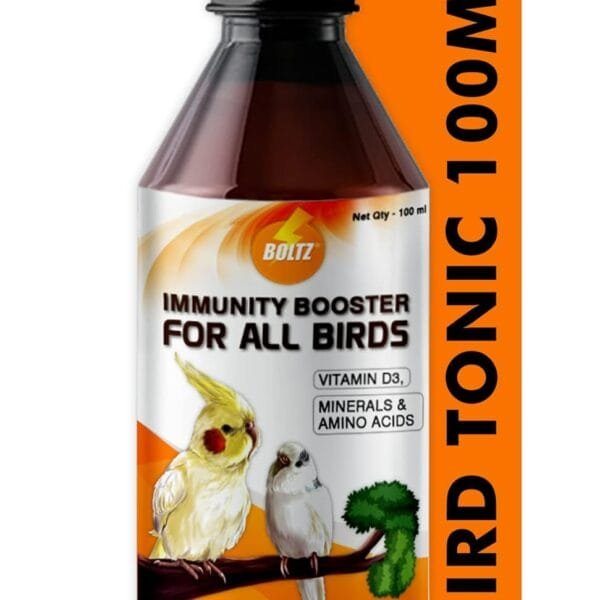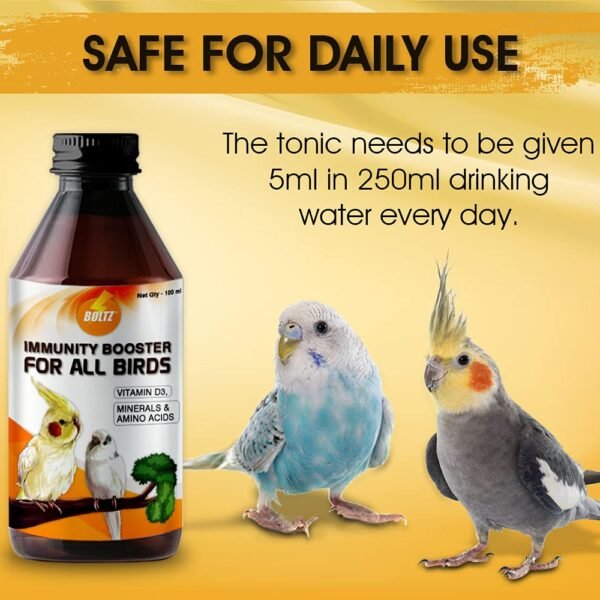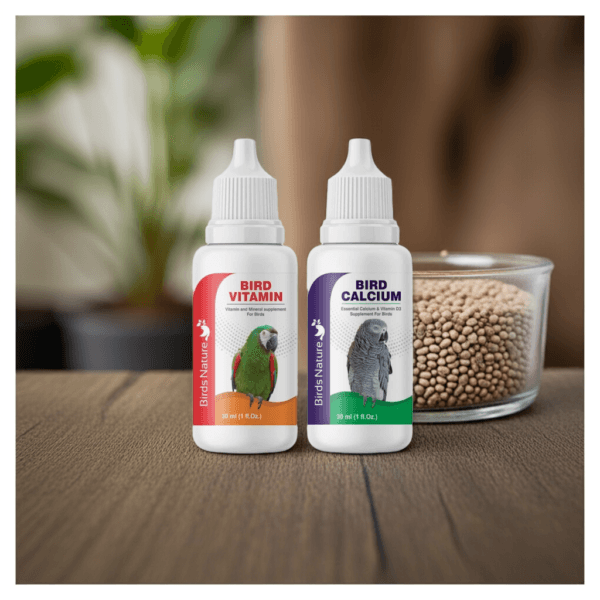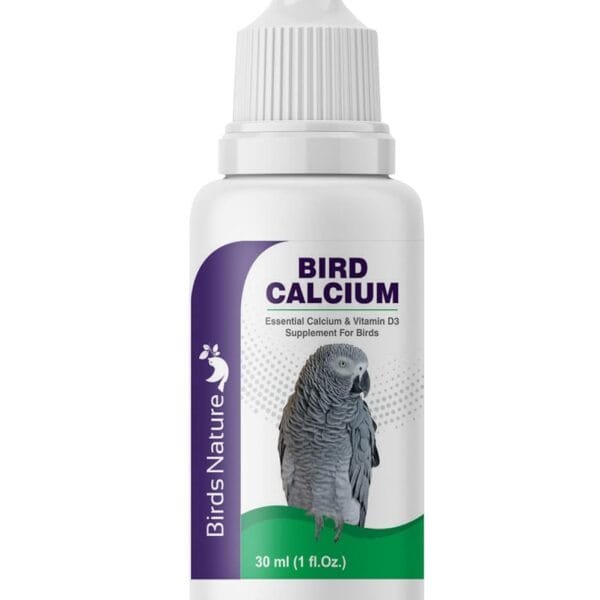Parrotlets
Despite being the smallest parrots in the world (just 4–5 inches long!), parrotlets pack the intelligence, curiosity, and boldness of their larger relatives. Native to South America’s forests and scrublands, these vibrant pocket parrots—often clad in emerald green, cobalt blue, or sunny yellow—are renowned for their feisty attitudes and affectionate bonds with owners. They thrive on interaction (demanding at least 2–4 hours of daily attention) and excel at learning tricks, though their territorial nature requires patient socialization. While quieter than conures or cockatiels, their high-pitched chirps and occasional mimicry keep homes lively. With a lifespan of 15–20 years, parrotlets reward dedicated caregivers with decades of loyalty, playful antics, and a surprising knack for bossing around humans ten times their size!
| ESSENTIAL FACTS | |
|---|---|
| Scientific Name | Forpus spp. (e.g., Forpus coelestis for Pacific Parrotlet) |
| Size/Weight | 4-5 inches (10-13 cm) | 25-35g |
| Lifespan | 15-20 years (captivity) |
| Native Habitat | South America (Ecuador, Peru, etc.) |
| IDENTIFICATION | |
| Male | Bright blue rump/wings (in some species), vivid green plumage |
| Female | No blue markings, duller green |
| Mutations | Blue, Yellow, Albino, Fallow |
| DIET | |
| Base Diet | 60% pellets, 30% veggies (kale, bell peppers), 10% fruits/seeds |
| Favorite Foods | Millet, apples, broccoli (calcium-rich) |
| Avoid | Avocado, chocolate, salty foods |
| HOUSING | |
| Cage Size | Minimum 18″W × 18″D × 24″H (larger preferred) |
| Essential Features | Horizontal bars, natural wood perches, hiding spots |
| Toys | Shreddable toys, foraging puzzles, small bells |
| BEHAVIOR | |
| Vocalization | High-pitched chirps, mimicry (limited) |
| Social Needs | 2-4 hours daily interaction (can be territorial) |
| Body Language | Fluffed feathers = content, Hissing = aggression |
About Parrotlets: These tiny parrots, often called “pocket parrots,” are bold and energetic despite their small size. Their intelligence rivals larger parrots, requiring mental stimulation through toys and training. While quieter than other parrots, their feisty personalities mean they need firm but gentle handling. Females are especially territorial during breeding season. With proper care (including calcium supplements to prevent seizures), they form deep bonds with owners.
Did You Know? Parrotlets can learn tricks like fetching or waving, and some develop vocabularies of 10-15 words. Their bite force is surprisingly strong for their size, so early socialization is key!
Key Features:
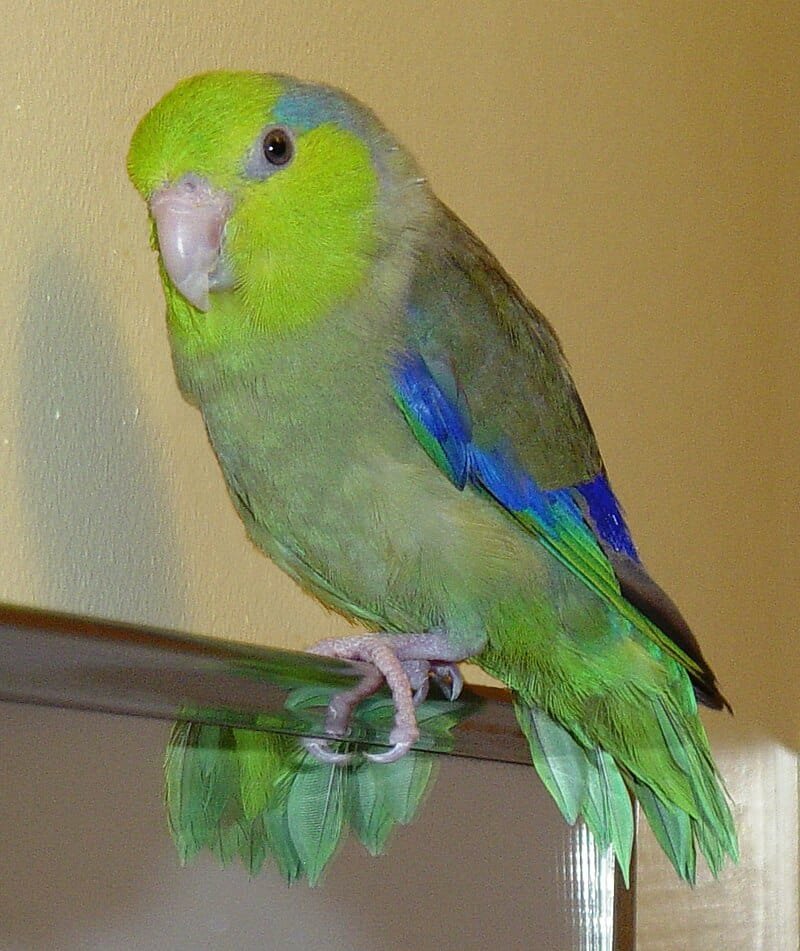
Showing all 3 results
Showing all 3 results
| DAILY CARE ESSENTIALS | ||
|---|---|---|
| Fresh Food & Water | • Replace water 2x daily • Offer fresh chop (veggies/fruits) • Remove perishable foods after 4 hours | ⏱️ 10-15 min |
| Socialization | • Minimum 2 hours out-of-cage time • Training sessions (5-10 min each) • Gentle handling to maintain trust | ⏱️ 2+ hours |
| WEEKLY CARE TASKS | ||
| Cage Deep Clean | • Replace substrate/lining • Scrub perches/trays with bird-safe cleaner • Disinfect food/water dishes | ⏱️ 30-45 min |
| Toy Rotation | • Introduce 2-3 new toys • Remove damaged toys • Rearrange cage layout for enrichment | ⏱️ 15 min |
| MONTHLY CARE CHECKLIST | ||
| Health Check | • Weigh bird (track fluctuations) • Inspect nails/beak for trimming needs • Check feathers for abnormal loss | ⏱️ 20 min |
| Environment Audit | • Replace UV bulbs (if applicable) • Check room for drafts/toxins • Deep clean play stands/gyms | ⏱️ 45 min |
Pro Tips for Parrotlet Care:
- Daily: Use foraging toys to keep meals engaging and prevent boredom.
- Weekly: Offer a shallow bath dish 2-3x/week for feather health.
- Monthly: Schedule vet visits annually, but monthly checks help catch issues early.

